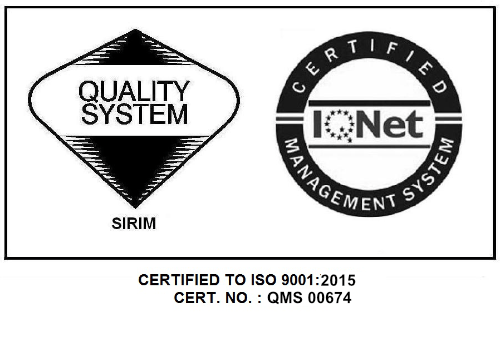
With the combination of aggressive investments by international tech companies, geographic advantage, and strong government support, Malaysia has rapidly grown into a regional data centre powerhouse. By 2025, all eyes will be on Johor, where data centre infrastructure is growing aggressively to meet the increasing demand for digital services in Southeast Asia.
With Johor emerging as a crucial alternative to Singapore, which has more stringent cooling regulations and limited space, major businesses like Microsoft, Google, ByteDance, and Nvidia are making significant investments in Malaysia. Malaysia has become a desirable travel destination due to its political stability, renewable energy goals, and quantity of land.
In response, the Malaysian government unveiled a brand-new “Green Data Centre” framework that prioritises carbon offsetting, water conservation, and energy efficiency. Utilities are required to pay premium fees for energy-intensive data centres, which encourages corporations to switch to sustainable energy sources like solar and hydro. This is important since data centres can require nearly 1 to 5 MW of electricity, the same as powering electricity to thousands of homes.
The expansion of data centres is driving the construction of high-speed roadways, fibre optic cables, high-voltage power lines, and substations. Construction companies are now collaborating with telecommunications and IT companies to develop facilities that satisfy Tier IV standards, which call for fault-tolerant systems and 99.995% uptime.
However, there are increasing concerns. Environmentalists and local organisations have voiced some worries over excessive water use for cooling and carbon footprints if fossil fuels continue to dominate. Furthermore, CIDB and associated organisations advocate for capacity training in high-tech construction due to a skills gap in data infrastructure design.
Notwithstanding obstacles, the growth of data centres signifies a major shift in Malaysia’s construction industry. In addition to drawing foreign direct investment, it reinterprets what engineers and contractors need to produce in the digital age, where silicon meets steel.















